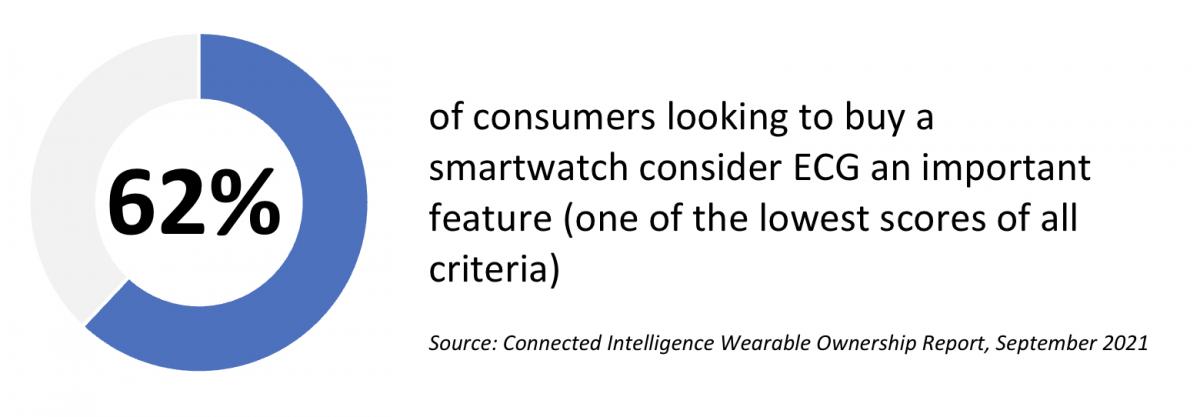
Amazfit launches new smartwatches
Amazfit has launched three new smartwatches with a sports and fitness bent: the GTR 3 Pro ($229), GTR 3 and GTS 3 (both $179.99). One key benefit of these watches is the long battery life with 12 days for the GTS 3 and GTR 3 Pro while the GTR 3 has a claimed 21 days under normal usage. The three devices use the company’s own OS – Zepp OS – which allows them to work well with both Apple and Android phones. The GTR 3 Pro is the flagship model, offering an array of top tier specs, such as 2.3 GB of on-device music, a round touchscreen OLED screen and a new BioTracker 3.0 optical sensor that can measure heart rate, blood-oxygen, stress and respiratory rate. Additionally, the watch has a mic and speaker so it can work with Alexa when connected via either WiFi (directly) or via a smartphone.
The NPD Take:
- The smart sports watch market is highly competitive, and for the more sports-focused consumer, brand often matters (hello Garmin!). Having said that, these devices offer a compelling solution at a significantly cheaper price which will certainly help peak consumer interest.
Withings ScanWatch finally arrives
A year after its initial European launch, Withings’ ScanWatch has finally received FDA approval and will be launched into the US market. The ScanWatch is a hybrid watch with a main analog face and a smaller PMOLED screen that displays activities, heart rate, ECG, SpO2 and so on. The delay was caused by the newer features – ECG and SpO2 (oxygen saturation) that required FDA clearance. The ECG readings check for heartbeat irregularities and you can download the results and send to your doctor as a PDF if you spot anything questionable. The watch comes in two versions: Rose Gold ($299) and the diver-style Horizon ($499).
The NPD Take:
- The one year delay may be simply too much for these devices. Yes, if you are looking for a hybrid device, these are beautifully-designed models. But most consumers are looking for a full-scale smartwatch now, not a hybrid solution.
- The delay highlights a key challenge for wearable manufacturers looking to launch health features in their devices. And, of course, this is not a challenge that is unique to the US: there are similar challenges in other parts of the world too.
Apple AirPod rumors
Rumors are swirling that Apple is looking to expand the usefulness of AirPods beyond simply calls and music, turning them into a health-focused device. The rumors include an expansion into hearing aids, posture monitoring or even the ability to take the wearer’s body temperature. Apple has remained silent on these rumors and they are unlikely to be enhancements we will see in the near term.
The NPD Take:
- There are multiple issues t resolve if Apple was to move into the health category: firstly, these new features would require FDA approval, which could slow down any launch cycle. Secondly, the AirPods currently have a battery life of less than five hours (with noise cancelling on) which is clearly too short for posture or hearing aid use. Having said that, body temperature is a key feature for discovering illnesses at an early stage (we saw an increased interest in Oura Rings in the early phase of the COVID-19 pandemic) and would not require a longer battery life.
- Consumers are less focused on health issues in devices than manufacturers think. Yes, once the features are included, consumers may use them, but advanced health features are far down on the buying criteria for new buyers.